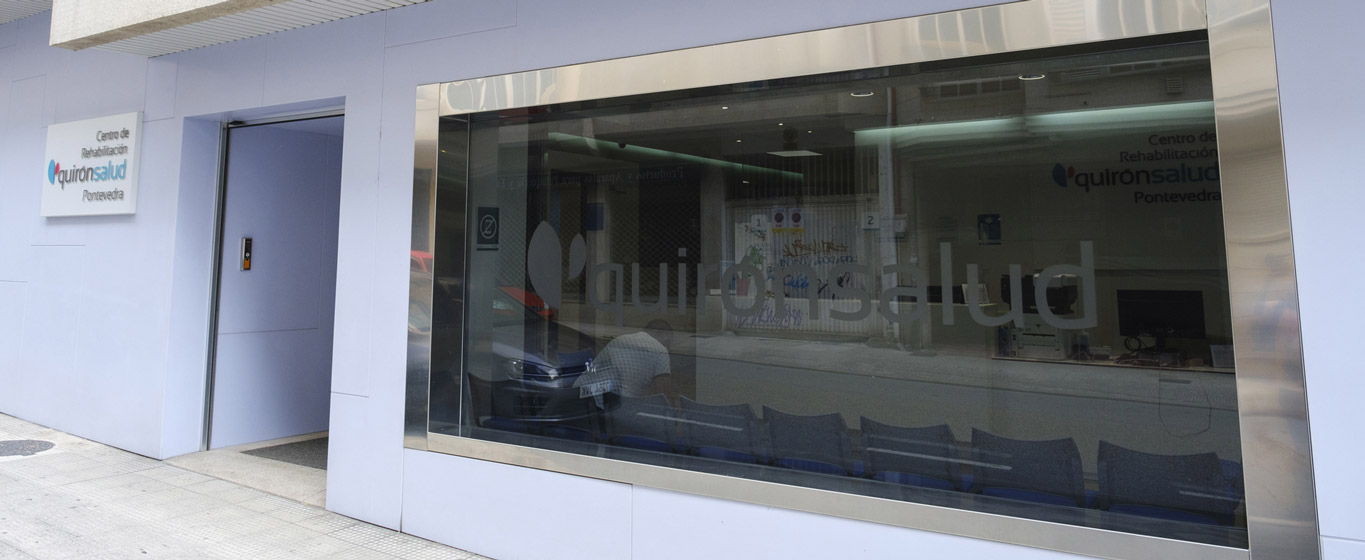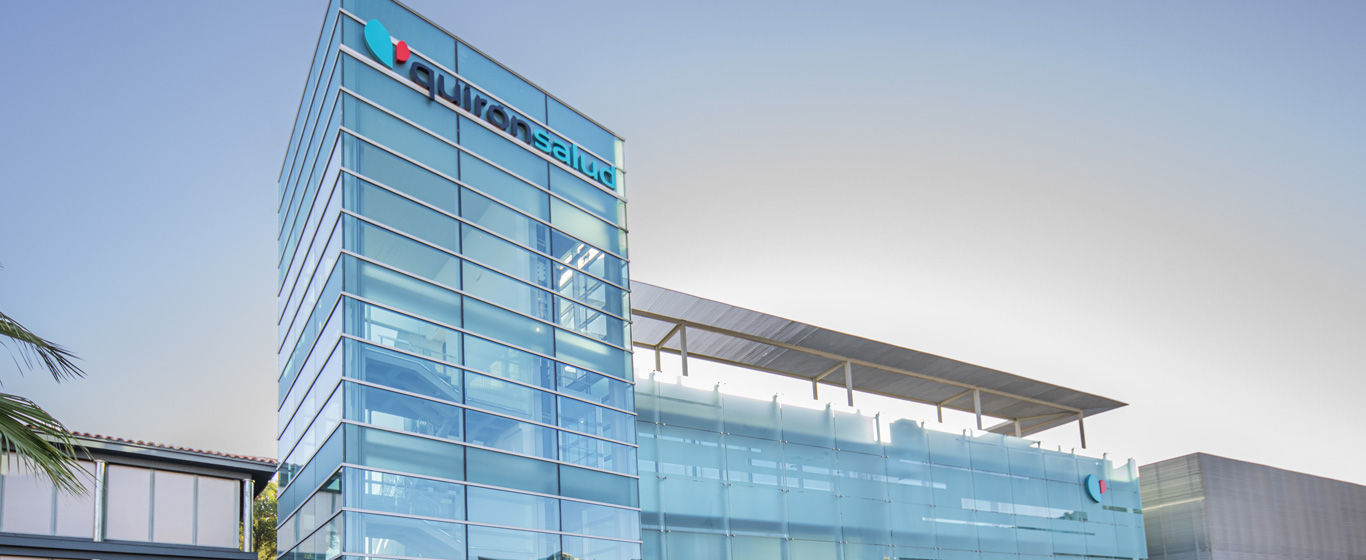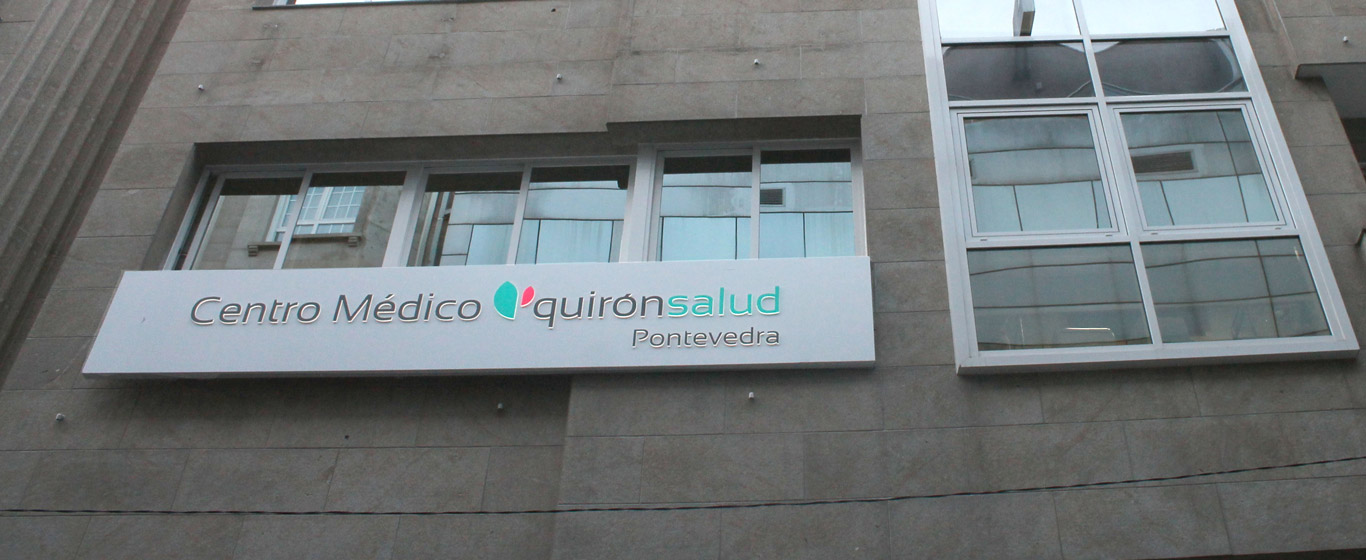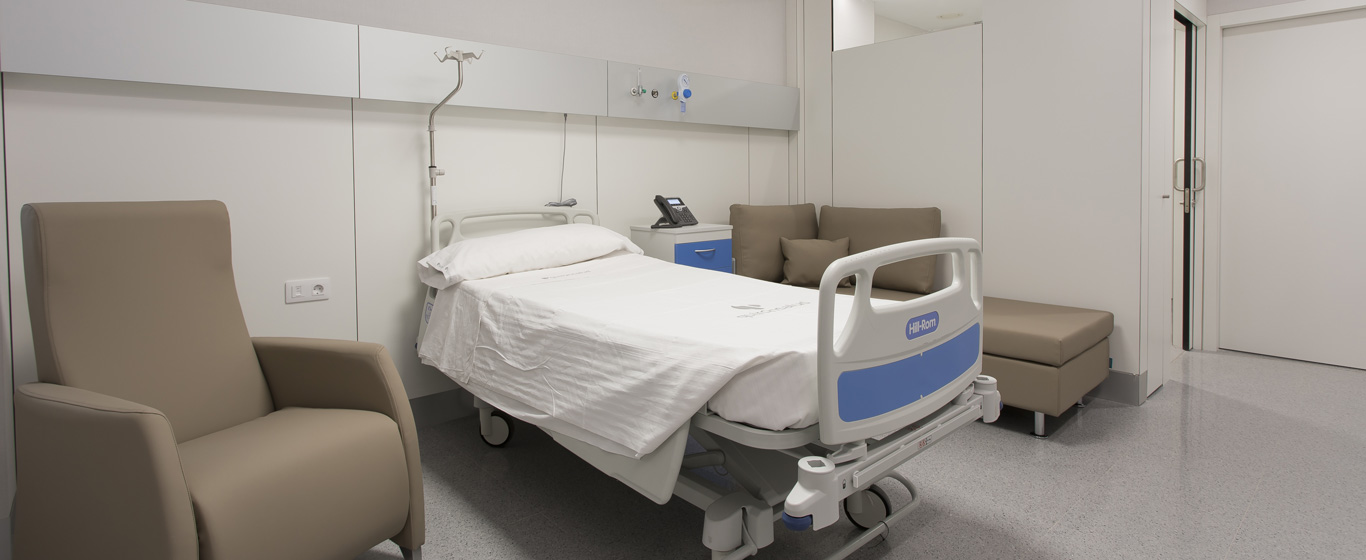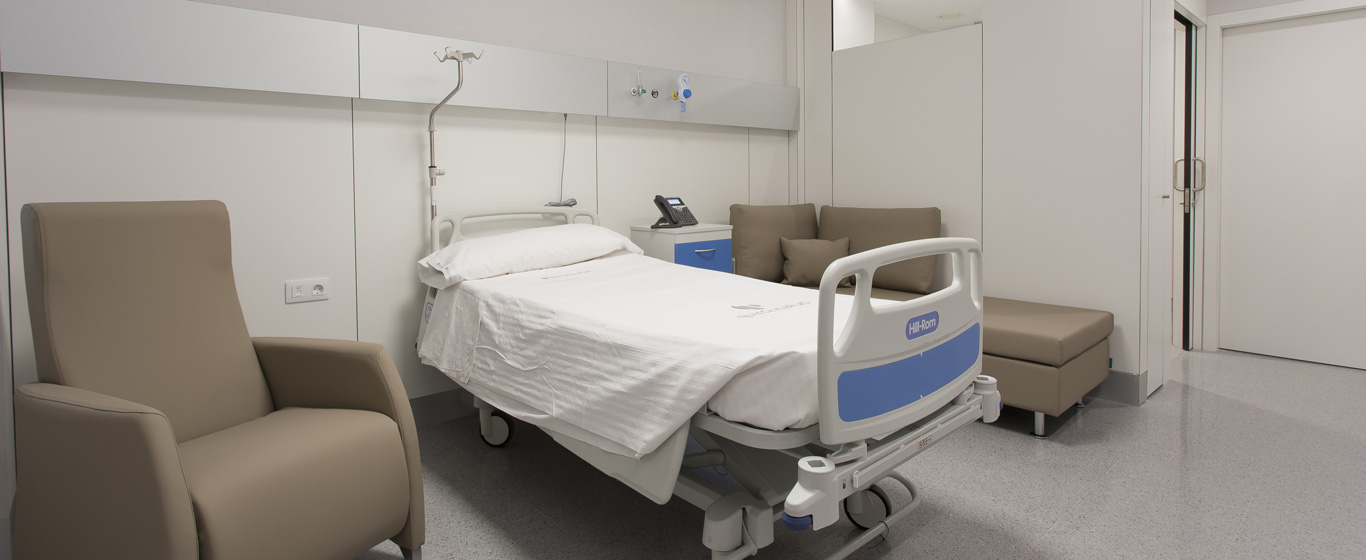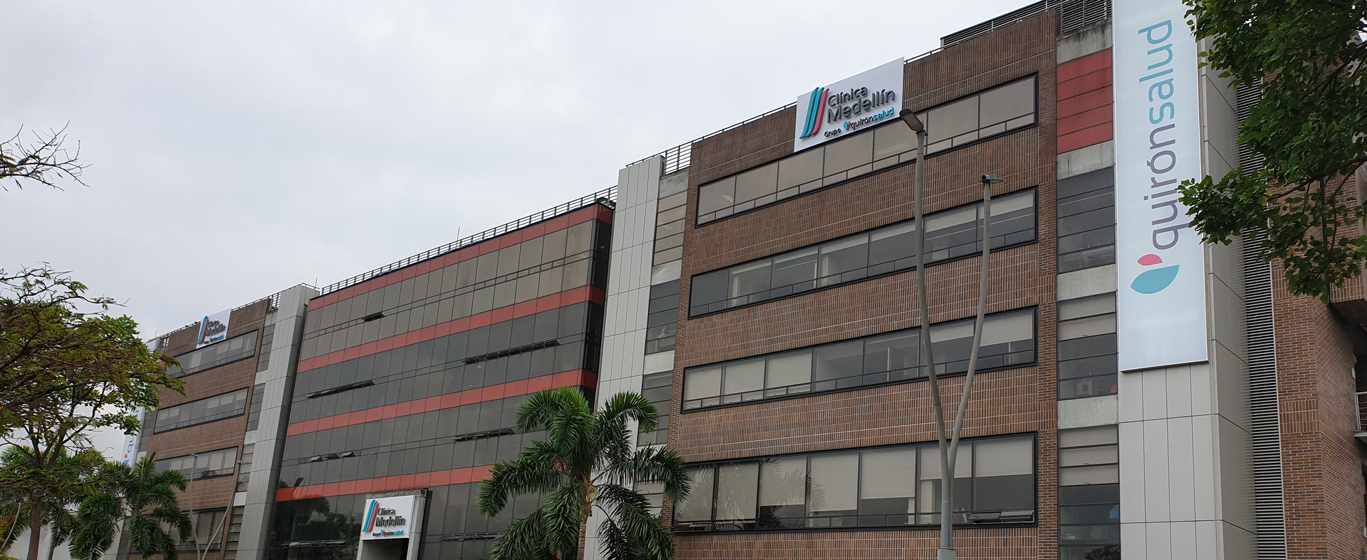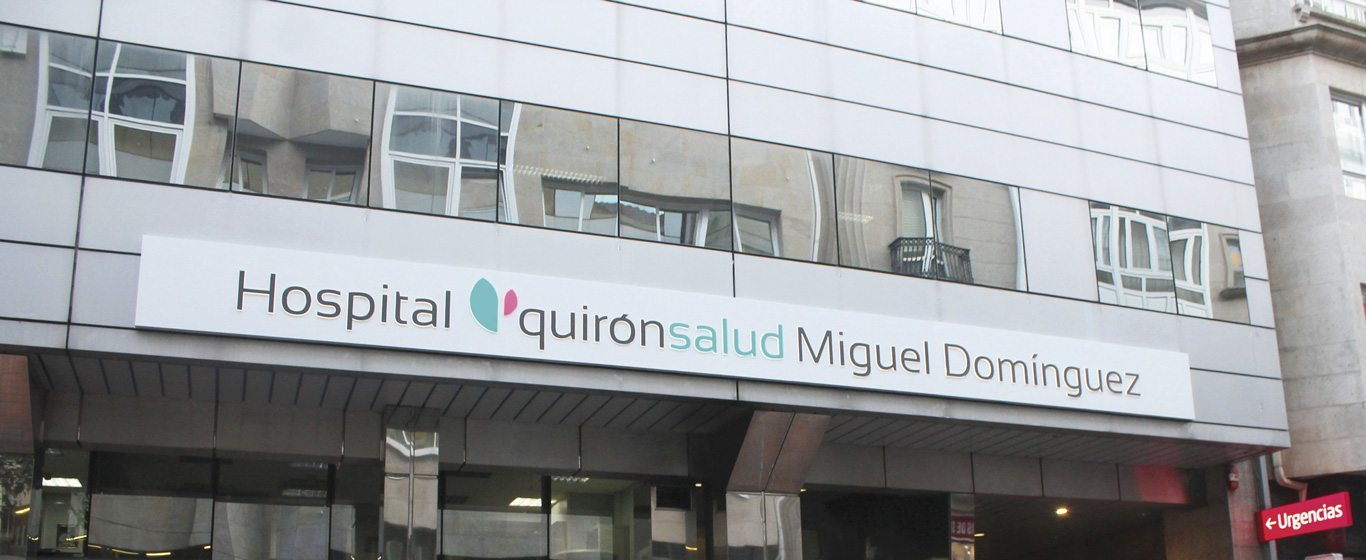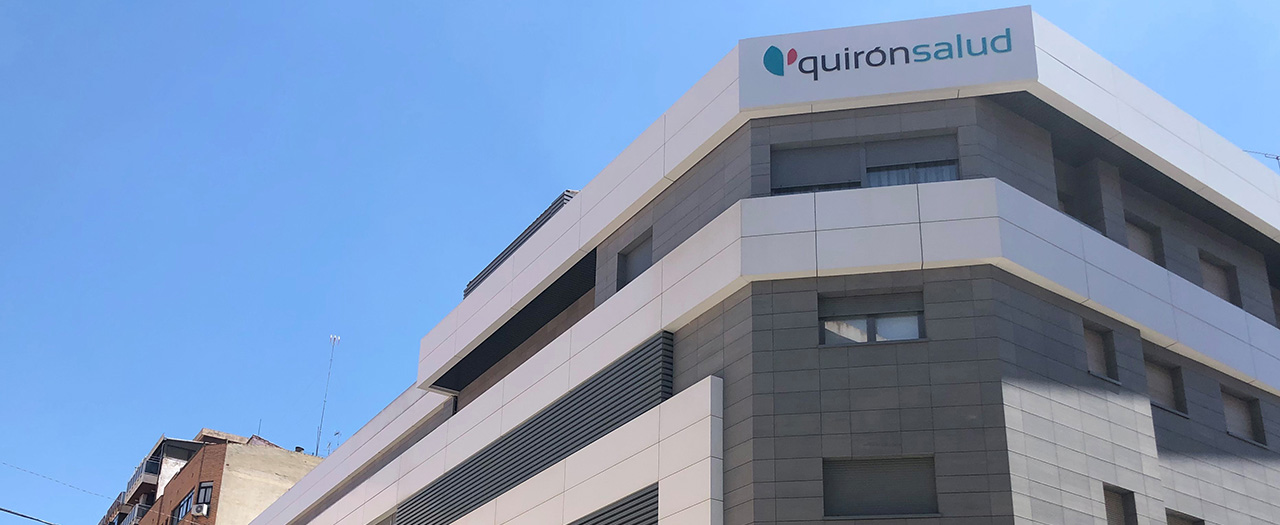Plethysmography
Plethysmography allows for the evaluation of pressure and volume changes that occur in the body. It is a highly effective procedure for diagnosing cardiovascular and pulmonary conditions. This is a non-invasive test that poses no health risks.
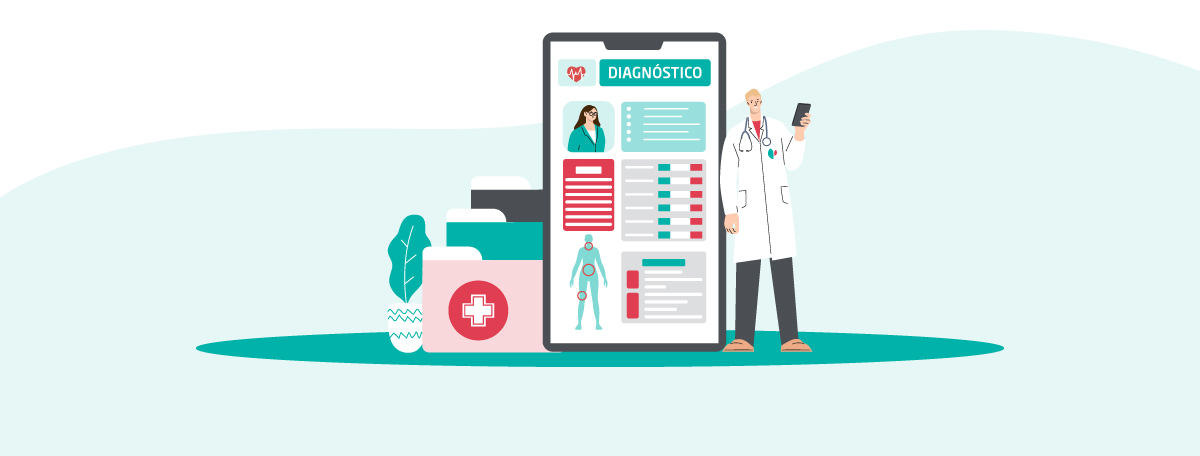
General Description
Plethysmography is a test that measures pressure and volume changes in different parts of the body to diagnose cardiovascular and pulmonary diseases. These variations are often caused by alterations in blood flow.
There are three types of plethysmography, each used to detect different conditions:
- Pulmonary plethysmography: Determines the amount of air the lungs can hold. It focuses solely on static lung capacity.
- Body plethysmography: Measures lung capacity, resistance, and total air volume, including the residual air that remains after voluntary exhalation.
- Vascular plethysmography: Compares blood pressure differences between the arms and legs, which is why it is also known as limb plethysmography.
Plethysmography can measure both static and dynamic lung volumes, whereas spirometry only assesses the amount of air that enters and exits the lungs.
When is it indicated?
Plethysmography is indicated for patients experiencing swelling, redness, and warmth in the limbs to determine if there are clots or thrombosis using a less invasive test than an arteriography. It is also performed in patients with pain, tightness, breathing difficulties, and sputum-producing cough.
How is it performed?
Plethysmography is conducted in a small, airtight chamber called a plethysmograph. This chamber has transparent walls to reduce the feeling of claustrophobia and to allow specialists to monitor the patient.
The procedure varies depending on the type of test:
- Pulmonary or body plethysmography: The patient sits inside the plethysmograph and has nasal clips placed to prevent air from escaping through the nostrils. They then breathe through a mouthpiece placed between the lips, which may be open or closed. After a few minutes of normal breathing, the doctor requests an increase in breathing speed. The pressure changes that occur in both the chamber and the mouthpiece as the chest moves to facilitate breathing indicate the amount of air the lungs can hold.
- Limb plethysmography: The patient lies on an examination table with their body slightly elevated while the doctor places several sphygmomanometers (blood pressure measuring devices) along the leg and arm. These devices are connected to a plethysmograph that records pulses in each area. If differences are detected, it may indicate an obstruction in a blood vessel.
Risks
Plethysmography poses no health risks as it is a safe and non-invasive test.
However, particularly in pulmonary or body plethysmography, some side effects may occur, such as dizziness, coughing, chest pain, difficulty breathing, increased intracranial pressure, or anxiety due to being in a small, enclosed space.
What to expect from a plethysmography
Plethysmography is an outpatient procedure that lasts between 20 and 30 minutes, after which patients can resume their daily activities without needing observation or rest.
During pulmonary or body plethysmography, some patients may experience claustrophobia. Occasionally, breathing at different rates may cause slight dizziness. If any discomfort is felt, the patient should notify the technician monitoring the process.
In limb plethysmography, only mild pressure is felt in the area where the pulse is measured.
The test results are usually available within a few days.
Medical specialties that request plethysmography
Plethysmography is a diagnostic tool used in pulmonology, angiology, and vascular surgery.
How to prepare
Although fasting is not required for plethysmography, it is recommended to consume light meals before the test. Additionally, alcohol and stimulant beverages should be avoided in the hours leading up to the procedure, as well as intense physical exercise.
Patients using bronchodilators should discontinue their treatment before the test to prevent altered results, as these medications improve breathing capacity.
It is advisable to wear comfortable clothing to sit and perform breathing exercises at different rates for a period of time. In vascular plethysmography, the arms and legs are usually uncovered to obtain more accurate results.






